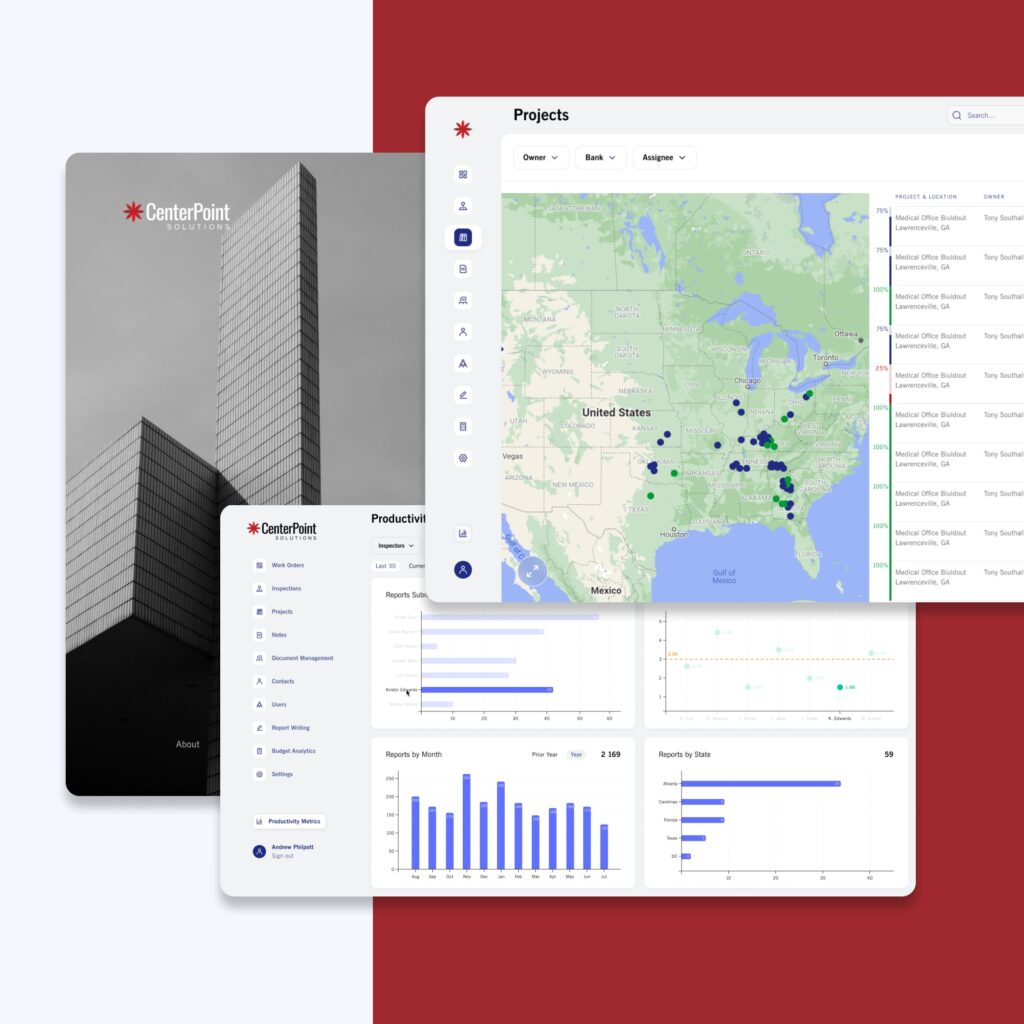Blog
The Ultimate Guide to Remote Work for Startups

In 2020, the world the entire world changed with the outbreak of the COVID-19 virus. When the subsequent quarantine period emerged, companies working from offices were forced to adopt remote working overnight. Trustshoring has been working remotely since 2016 and today, we’ll be sharing everything we’ve learned from remote work and how to build processes that ensure that your teams are not only productive but high-perfroming.
Even though some start-ups didn’t feel any difference as they had already adopted a remote-first culture before the lockdown, for a predominant majority of companies adopting remote work will be a bitter pill to swallow.
Remote working is way more than just leaving the office and working from home! For managers, the remote environment will require different skills and better communication – both spoken and written.
While making over 200 remote software development projects happen on five continents we have discovered approaches and strategies to help remote work succeed. In this article, we want to share with you the strategies that have worked in our team and the teams of our partners – a network of over 80 tech agencies.
In this article, we are focusing on these key domains of every tech company – software development, customer support, sales and marketing, and team and project management. Ready to discover how to implement remote work? Let’s get started!
Remote work and software development
We communicate over Slack 90% of the time. Every now and then we have a call if there is something more complicated to discuss. Every three months we meet in person and discuss new features, more complicated topics and we do some team building.Mirko Schneider Product Owner, Intermate
We have also brought remote work and team management to universities – helping the Humboldt University of Berlin (Germany) make progress with digitalization and creating three successful academic projects with a team of developers located in Eastern Europe.
The core point was communication. We used Slack for our informal quick communication, we tracked issues with Gitlab & Jira, and had calls to go through open questions. Responsiveness was great.Christian Stein Project Leader, Humboldt University
So how can you effectively manage your remote team of developers to create the feeling that they are in the same room as you?
When matching companies with the best tech agencies in Eastern Europe, they often tell us about their failed outsourcing experiments from the past. One of the most frequent reasons for an outsourcing project to fail is poor communication with a tech partner.
You can have a good communication flow with a selected team in the beginning (before the contract is signed), but later their responsiveness might not be that good.
We often make jokes by calling such a team ‘submarines’ – they rise for a short time, only to get drowned deep in water for the next few months. You don’t want to work with such teams, right?
So what is the key to effective communication with a remote tech team?
What is the definition of “Done”?
According to the Agile methodology, the definition of “Done” or DoD means meeting all criteria or requirements of the task to be accepted by a user, team or customer. As a product owner (or manager) you should make sure that your remote team delivers all “done” according to how you see it.
What is asynchronous and synchronous work?
Asynchronous communication is when you don’t require an immediate response when sending someone a message. Synchronous work, in turn, requires immediate processing of a delivered message by a recipient.
Build a simple product that works and converts.
Get step-by-step guidance from product managers, UI/UX designers, and tech leads, taking you from idea to launch
Remote work and customer success
What is Pomodoro Technique?
Developed by Francesco Cirillo in the 80s, this time management technique is used to boost productivity by setting up 25 minute work intervals. You can use various tools such as TomatoTimer to apply this technique.
Use video calling over phone calling and always turn on your video, even if just for the beginning of the conversation (internet connections can be bad). It sets a warmer tone for the conversation. If you end up calling without video anyway, use sounds that clearly communicate what you’re doing, like a laugh when you’re smiling, a “hmm” sound when you’re thinking, etc. to make a stronger connection. Use your tone of voice abundantly. Be yourself and a bit more informal than you’d be in a face-to-face meeting. Make a bit of time for small talk. It’s good to compensate a bit for the difficulties with creating a personal connection remotely.Jeroen Corthout Co-Founder, Salesflare.com

Case study:
Centerpoint Solutions
How Centerpoint grew to manage 500 commercial construction projects per month in 12 mo...
Read more


Case study:
Workclub
How Workclub found the right development team to build MVP in just 6 months.

Scaling Software Development: Best Practices for Reducing Micro-management

How the Adoption of Blockchain is Expected to Revolutionize Remote Work Practices

Moving Your MVP to the Next Stage of Growth

All the Software Development and AI Trends to Be Aware Of
Create a free plan for growth
Speak to Victor and walk out with a free assessment of your current development setup, and a roadmap to build an efficient, scalable development team and product.
“Victor has been great. Very responsive and understanding and really knows his stuff. He can go the extra mile by tapping into his prior experiences to help your company out. Really enjoyed working with him.”
Founder of Agency360

Victor Purolnik
Trustshoring Founder
Author, speaker, and podcast host with 10 years of experience building and managing remote product teams. Graduated in computer science and engineering management. Has helped over 300 startups and scaleups launch, raise, scale, and exit.
 Mirko Schneider
Mirko Schneider  Christian Stein
Christian Stein  Jeroen Corthout
Jeroen Corthout